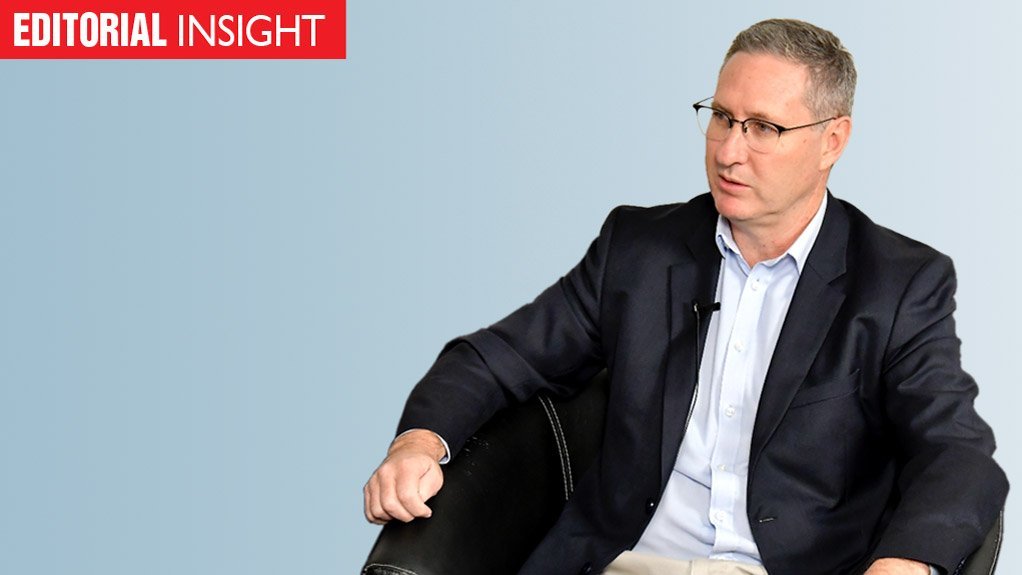There are many differences between Australia and South Africa, and these should not be dismissed or diminished. However, there are also several similarities, particularly when it comes to natural resources and conditions.
Like Australia, South Africa has significant mineral resources that are in demand elsewhere in the world. Thus, both countries have well developed pit-to-port infrastructure, significant resource industry know-how and commodity exports that play a material public-finance role.
Both countries have particularly well-developed coal industries that service both export markets and fuel coal-fired power plants, which have played an important role in providing reliable and affordable electricity for decades. It must be said, however, that the reliability and affordability of coal in the South African context has deteriorated markedly, with coal plant breakdowns at the heart of the country’s current intense phase of power cuts.
Likewise, both countries are endowed with some of the best renewable-energy resources globally, and both have sufficient land to make it feasible to harvest these resources not only for traditional electricity services, but increasingly also for electric mobility and for applications that have hitherto relied on gas.
There is also potential for both countries to begin using the marginal cost electricity that will arise at certain periods of the day from variable renewables to produce green hydrogen that could be used to make exportable derivatives that can help to accelerate decarbonisation in hard-to-abate sectors, such as steel, chemicals, shipping and aviation.
In other words, both South Africa and Australia face energy transition risks, but also have the potential to emerge, owing to their natural advantages, as major beneficiaries of the global imperative to decarbonise.
Now, the transition is contested everywhere, including in Australia. Moreover, it undoubtedly poses difficulties for those responsible for ensuring uninterrupted electricity supply as the technologies and instruments they used previously to ensure system stability are either no longer fit for purpose, or far less potent.
In such a context it is vital that the policy is so unambiguous that system planners and operators can approach these difficulties with the aim of finding solutions rather than problems.
Here, sadly, the gap between Australia and South Africa is widening.
Take this articulation of Australia’s policy provided by Deputy High Commissioner to South Africa David Geyer at a recent workshop in Johannesburg: “Across Australia an exciting, nation building, economy transforming energy transition is under way. In 2022, the Australian Parliament legislated a minimum 42% carbon reduction target for 2030. To help achieve this, our national government has an 82% renewable-energy target for 2030. Now, we’re currently at 37.5%. We need to more than double that share in 88 months. That’s a lot of generation and transmission to install, and no time to waste.”
Given the policy uncertainty currently enveloping South Africa’s electricity sector, with leaders veering off script daily, it is currently impossible for a domestic official to offer a similar articulation of this country’s policy.
Until they can, the problems will continue to cloud the solutions, despite these being increasingly obvious.
EMAIL THIS ARTICLE SAVE THIS ARTICLE ARTICLE ENQUIRY
To subscribe email subscriptions@creamermedia.co.za or click here
To advertise email advertising@creamermedia.co.za or click here











